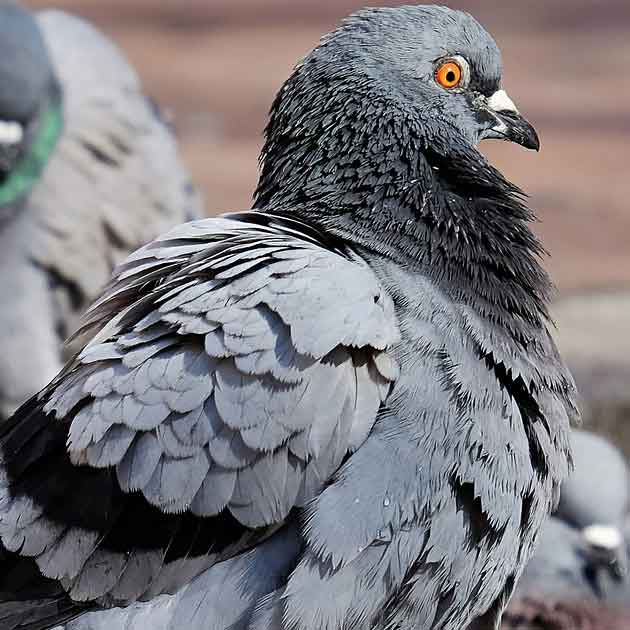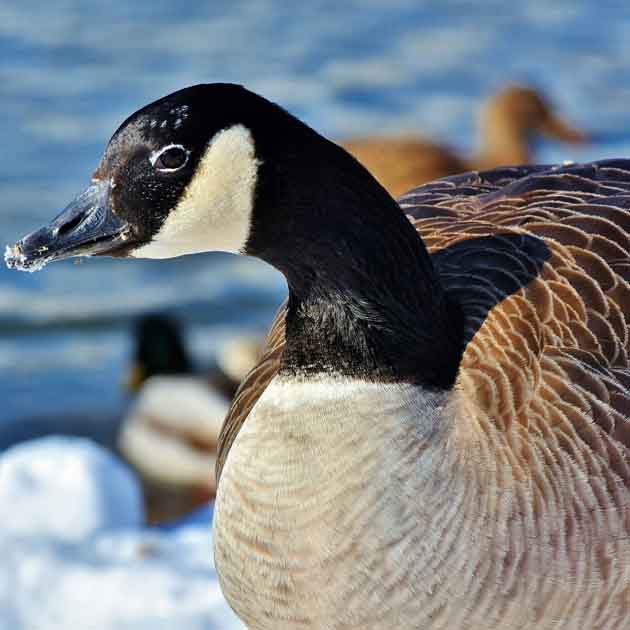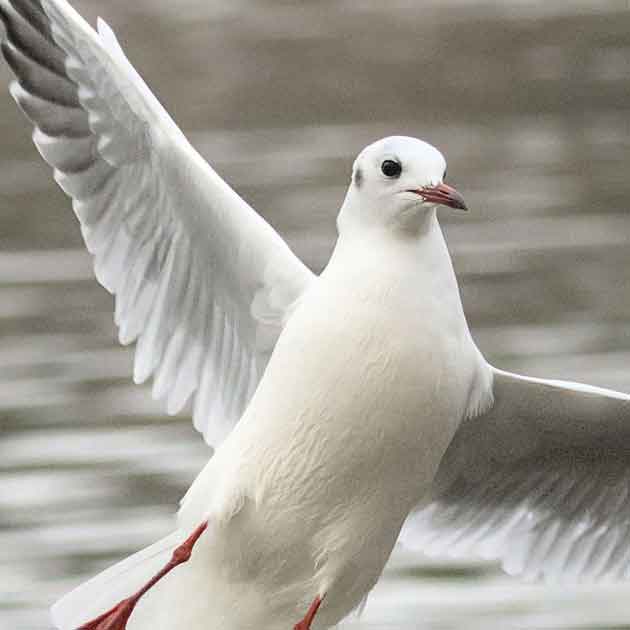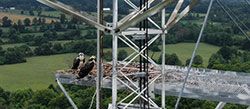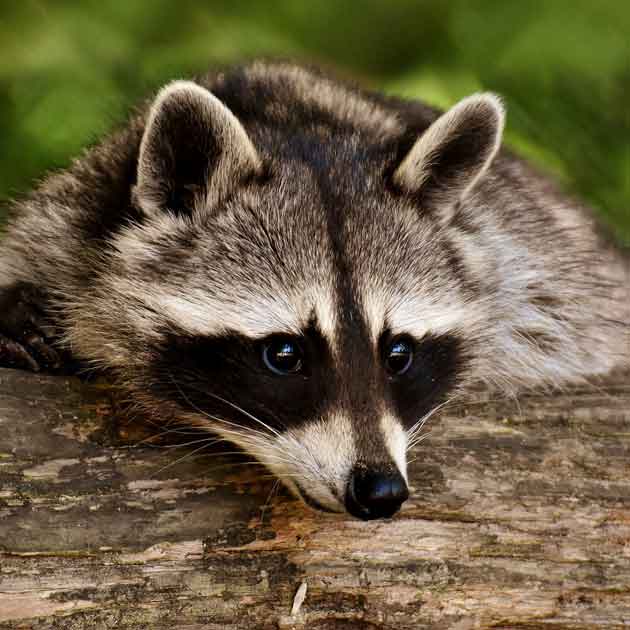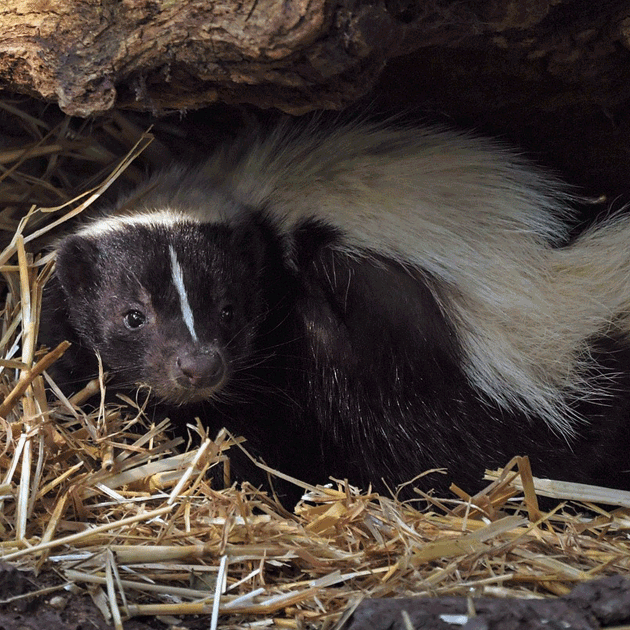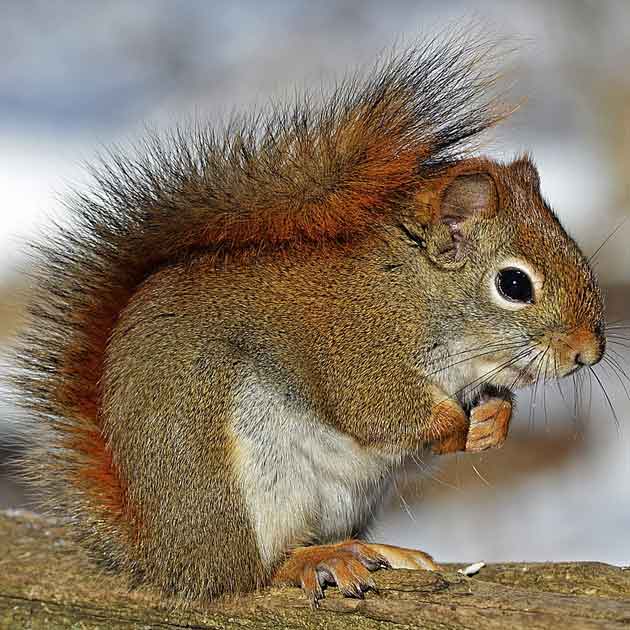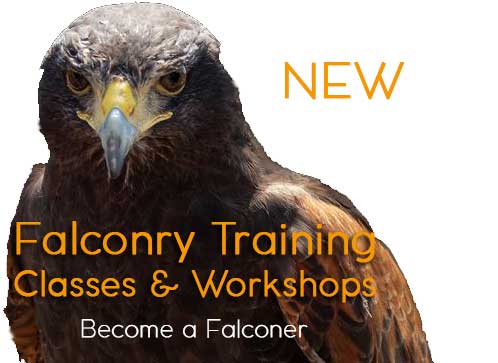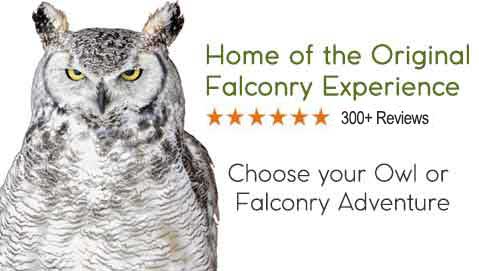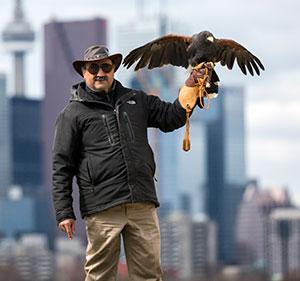Have you heard about molting geese? What does that mean? Join us as we explore why and when geese molt...
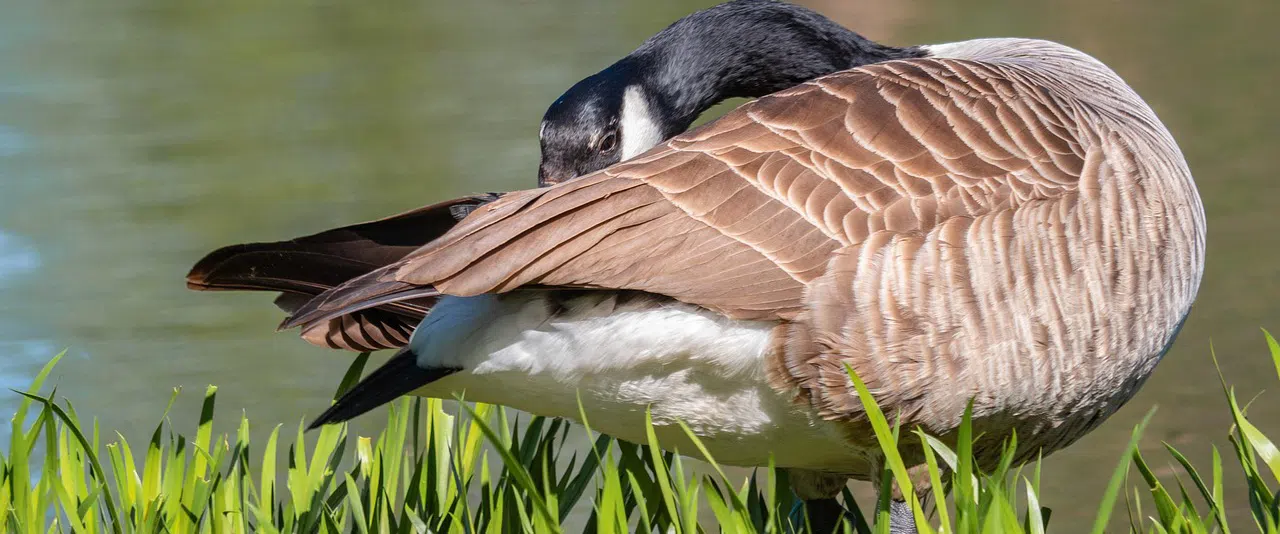
What is Molting?
Molting refers to geese dropping their feathers during the month of June and early July. With nesting finished and little ones hatched, the birds will search for their summer homes and a safe environment for molting and raising their young.
Do All Geese Molt?
Yes, all of the geese species - and there are as many as twenty - molt their primary, or flight feathers in the summer. In fact, not just geese but all waterfowl do. This affords the birds a full, brand-new set of flight feathers for their long migration journey. While they are molting, Canada geese are grounded and cannot fly; this is in contrast to ducks. Yearlings will go through the molting process shortly after their first birthday.
Why Do Geese Molt?
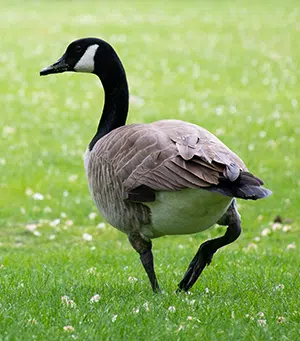 Molting usually starts in late June or early July and aids with regulating their body temperature in the the summer heat. Molting helps to cool the goose by increasing the area of bare skin.
Molting usually starts in late June or early July and aids with regulating their body temperature in the the summer heat. Molting helps to cool the goose by increasing the area of bare skin.- Molting also helps with getting rid of damaged or worn flight feathers. By shedding their old feathers, geese can make way for new, healthy, dense feathers that will allow for migration and also help them stay warm once temperatures drop.
The Molt Migration
Molting is physically taxing, and requires the birds to be flightless for 3 to 4 weeks while shedding their primary feathers. Because the molt is such a demanding process, many of the birds will fly a long ways to find the ideal location to safely spend the summer. Geese with young offspring will stay at their breeding grounds to molt while those who did not breed will have to leave.
Who participates in the Molt Migration?
The molt migration is all about leveraging resources. Those who have a half dozen tiny adorable goslings following them around, will spend this time remaining at their breeding sites. But those sites likely cannot sustain all of the geese that are there in early spring. Geese often don't find a mate and breed until they are between 2 to 4 years old, so those youngsters need to move on and leave whatever food is there for the ones rearing their offspring. Those who did breed but had a failed nest also leave and join Pre-Molt Groups.
What are Pre-Molt Groups
Adult geese that failed to hatch eggs, geese that have not yet found a mate (or lost their mate), or geese too young to breed (last year’s goslings) will flock up in what is referred to as “pre-molt groups”. With no babies to raise and no territory or nests to defend, these geese will form their own little (or large!) flocks. They will be looking for abundant feeding grounds as they make their way farther north.
Properties that had no geese issues all throughout spring may suddenly become inundated with large groups of geese and the mess they leave behind. Not only are we talking the usual droppings, but feathers - LOTS of feathers - as well.
Where do the Birds migrate to?
The molt is all about resources, so these geese go to where they can find lots of nutrition and safety - and that is often north. Remember, they cannot fly away during this time. Rivers, streams, any bodies of water provide a quick escape route from predators, if necessary. In fact, streams also double as a sort of water highway to travel on - if resources dwindle in one spot, they can move on to the next. Before fall they all will head back to their original spring destination to reunite with the main flock. This isn't so much about the flock or social structure, but rather about the fall migration route. The group that took part in the molt migration does not know the way south from where they are at. Hence, they'll join the ones who stayed put at the nesting site and they will all set out for their winter destination together, followint the tried and trusted path that brought them here.
Why is the Molt significant in terms of Geese Control and Removal?
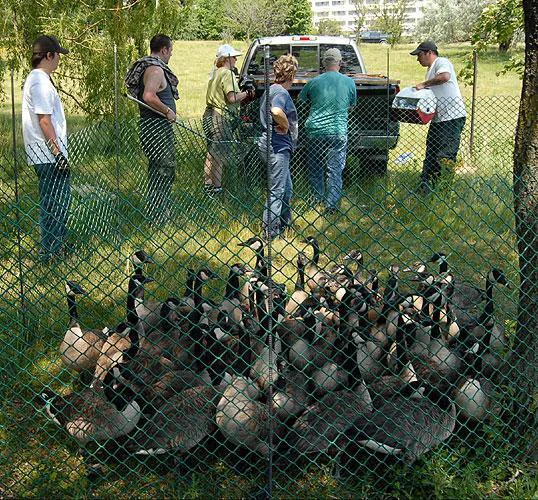 During this time when geese cannot fly, they are vulnerable. Using harassment techniques such as chasing with dogs or flying birds of prey seems a little unfair and often isn't terribly successful - since they cannot take off and fly away. Especially the pre-molt groups can be rather stubborn when asked to leave a perfectly good spot.
During this time when geese cannot fly, they are vulnerable. Using harassment techniques such as chasing with dogs or flying birds of prey seems a little unfair and often isn't terribly successful - since they cannot take off and fly away. Especially the pre-molt groups can be rather stubborn when asked to leave a perfectly good spot.
But, this is the perfect time for translocation. This involves rounding them up and physically moving them to a more advantageous or appropriate area, if they are uninvited guests on your land, or in public parks, on beaches or golf courses, and so on. While they are grounded they can be captured, corralled and relocated to another area south west of you, approximately 300-400 kms away and along their natural winter migration route.
Canada Goose Removal
Canada Geese are protected under the Migratory Birds Convention Act, 1994 (MBCA). This Act arose from an international treaty - the Migratory Birds Convention - between Canada and the United States, signed in 1916. The MBCA provides for the protection and conservation of migratory birds, and prohibits people from harming birds, except under specified conditions. ALL measures to control or remove geese require a permit.
When to Apply for Geese Permits
As early in the year as possible - we generally advise our customers to get their applications in during January or February. Because Canada Geese are one of the first birds to arrive in Ontario and one of the first to nest, the earlier you get working on a geese management plan, the better.
When is the best time to start dealing with Geese?
The best time is as they are building nests and laying eggs. In fact, by removing or destroying eggs and nests, the geese can be fairly quickly convinced to move on since the current site is clearly not a safe breeding ground. This also means that they are not likely to return to this site in the following year. By not allowing geese to successfully breed we can break the cycle.
Geese Removal Methods
Hawkeye Bird & Animal Control offers a comprehensive suite of geese control and geese removal services, including:
- Nest & Egg Removal
- Chemical Oiling (although, not a preferred method)
- Hazing with dogs
- Falconry (Eagles)
- Lasers
- Pyrotechnics
- Remote Control Boats
- Translocation
- Pond Wiring
Our extensive Falconry Program has seen phenomenal success and we continue to develop new and exciting methods to keep your property safe and free of geese. We will assist with getting your permits and help you determine the best goose control method and a Geese Management Plan. Contact Hawkeye today and let's get your geese situation under control.


